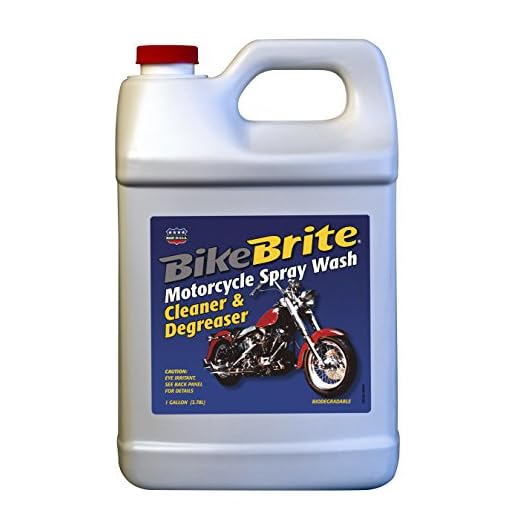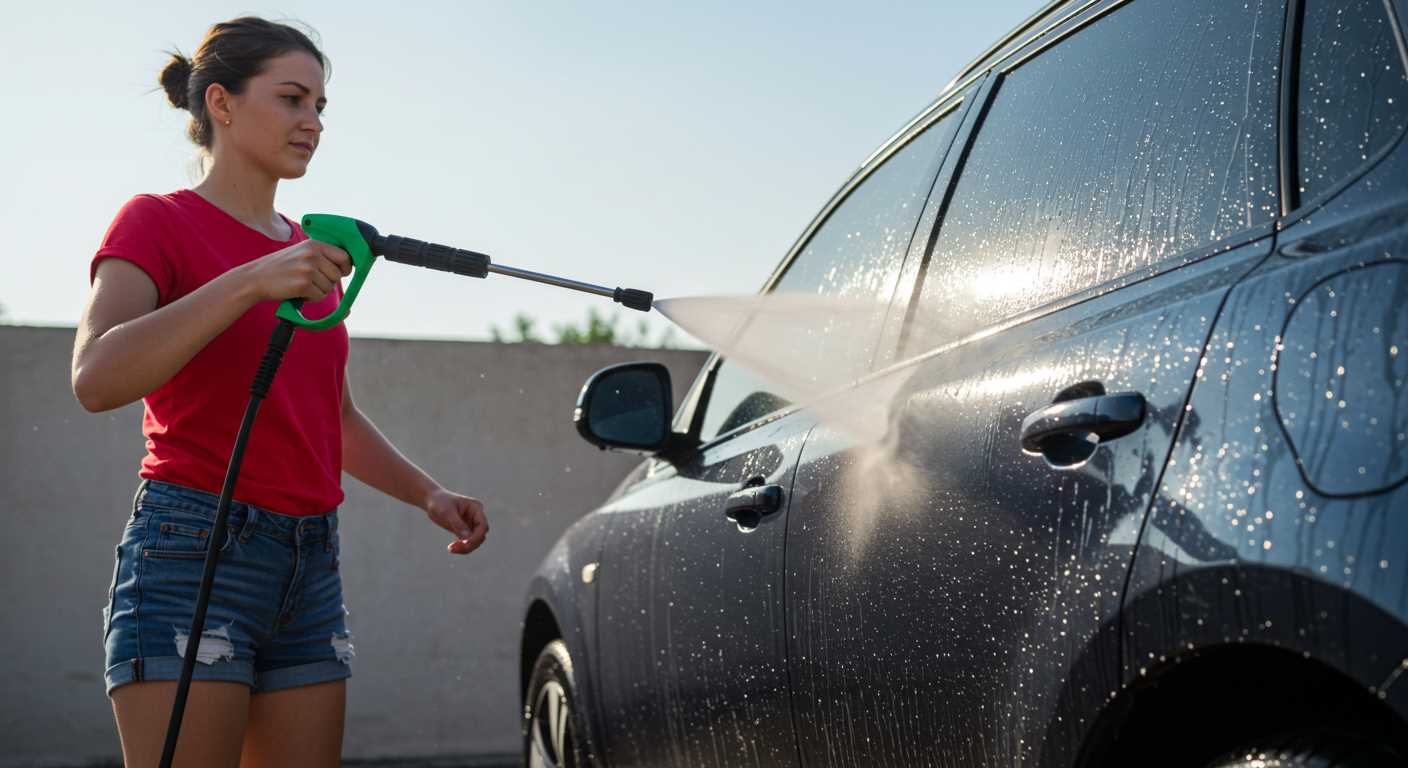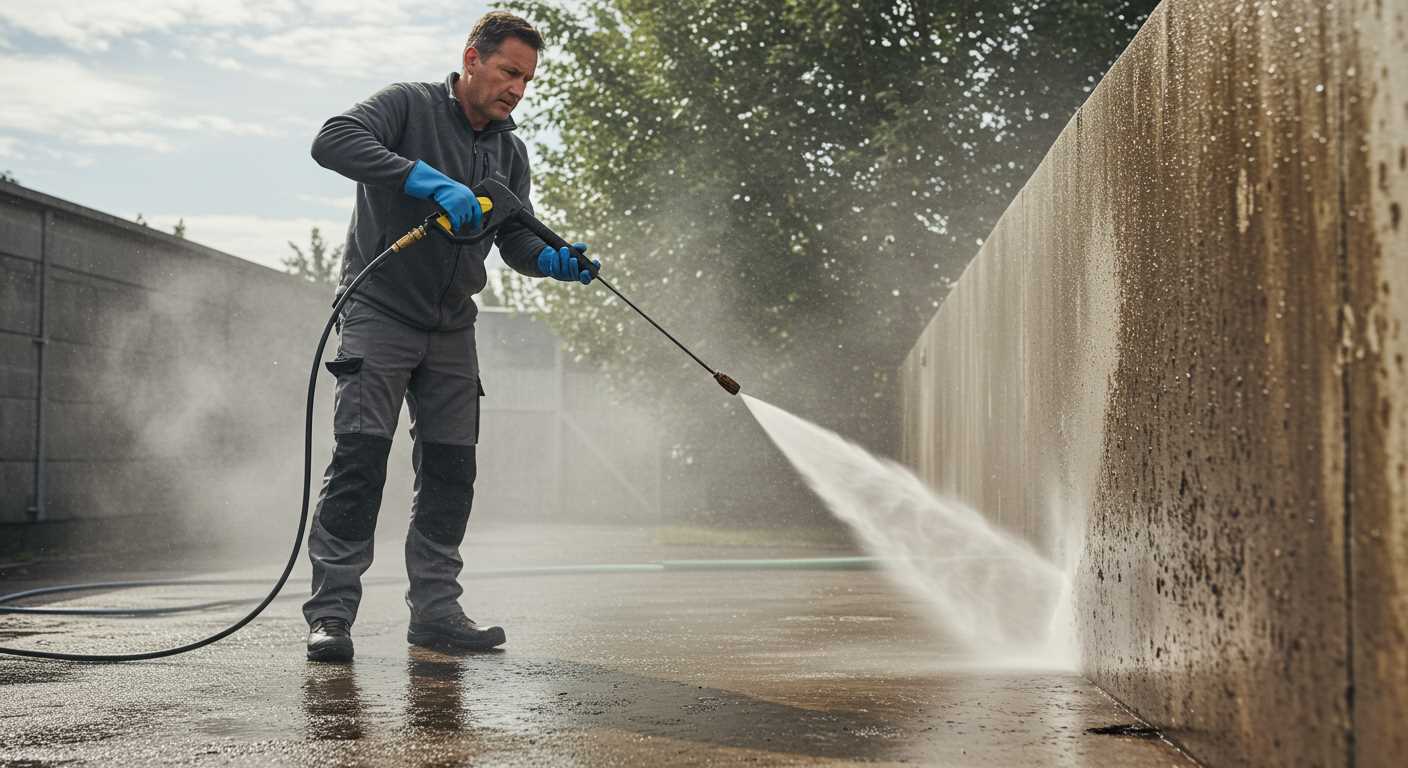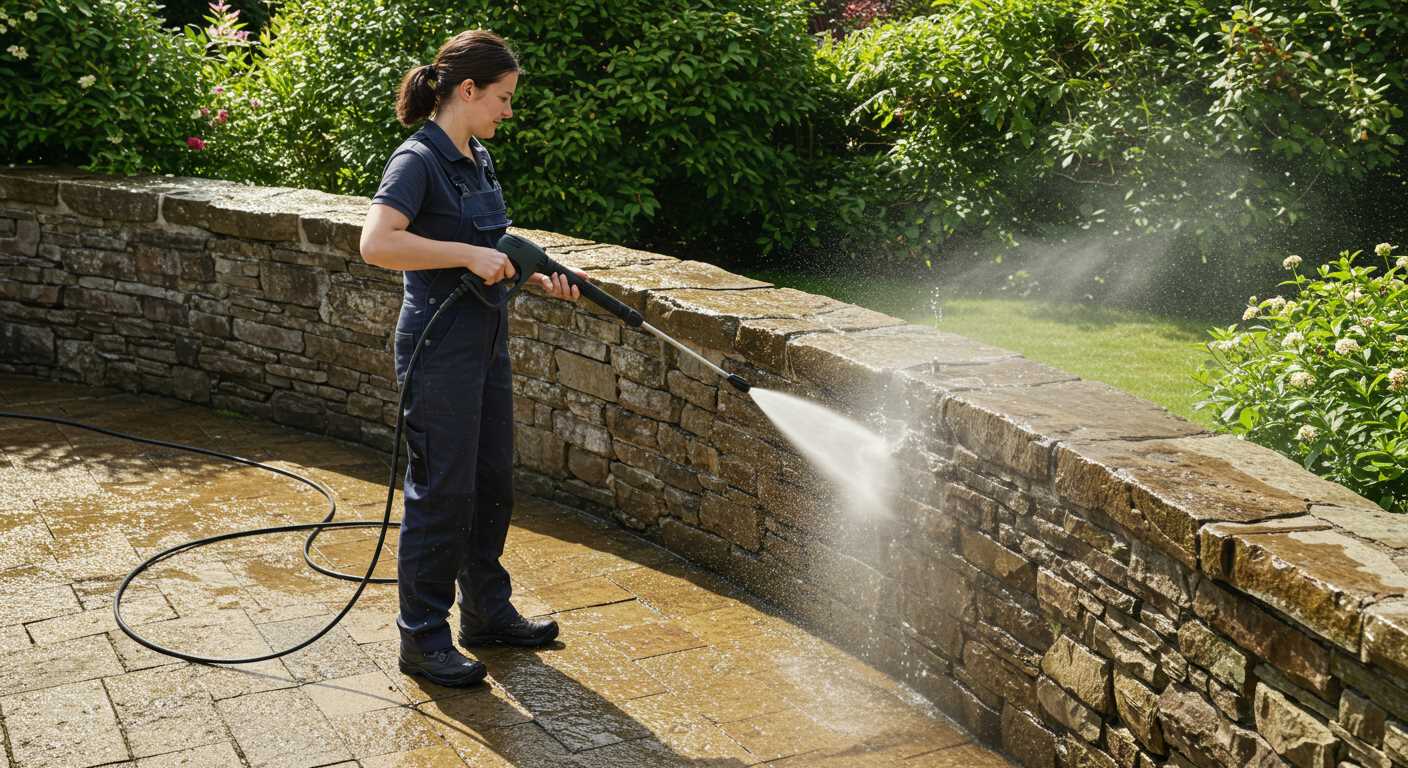

Directly applying a high-pressure cleaning solution in the engine compartment is not advisable. Water can penetrate critical components, leading to potential damage or malfunction of sensitive electronics. In my extensive experience in the cleaning equipment industry, I have encountered numerous cases where severe consequences arose from using such devices carelessly in this area.
Instead, consider utilising a damp cloth or mild cleaning spray for routine maintenance. This approach targets dirt and grime without putting vital engine parts at risk. Always cover any exposed electrical components before beginning the cleaning process to ensure additional protection against moisture infiltration.
Should you require a more thorough cleaning, opting for a steam cleaner might be a safer alternative. This method effectively sanitises surfaces while reducing the likelihood of water entering critical areas. Remember to follow the manufacturer’s guidelines for your vehicle to maintain warranty compliance and optimal performance.
Using Cleaning Equipment Inside Your Vehicle’s Hood
Never direct high-velocity water jets at critical engine components. This method can lead to water ingress and potentially disrupt electronic systems or sensitive components. Avoid spraying directly onto electrical connectors, the air intake, sensors, or other vulnerable areas.
Recommended Practices
Instead, opt for softer cleaning techniques. A damp cloth with a mild cleaning solution works wonders for removal of dirt and grease. For stubborn grime, consider using a dedicated engine degreaser applied with a brush. Ensure that any product used is suitable for automotive applications and does not contain harsh chemicals that can cause damage.
Final Tips
After any cleaning process, allow the engine to air dry thoroughly before starting the vehicle. Always check manufacturer guidelines if unsure about cleaning methods, as some manufacturers provide specific recommendations regarding maintenance and cleaning procedures.
Understanding the Risks of Pressure Washing Engine Components
Thorough cleaning of engine parts can be beneficial, but there are significant dangers associated with high-pressure cleaning methods. Here’s what I’ve learned through years of hands-on experience: the intensity of jets can displace sensitive components and introduce moisture where it shouldn’t be.
Potential Risks

The primary concerns I’ve observed include:
- Water ingress: High-pressure streams may penetrate seals and gaskets, resulting in electrical malfunctions or corrosion.
- Displacement of components: Fast-moving water can loosen connections, causing leaks in fuel or coolant lines.
- Electrical shorts: Moisture can lead to short-circuiting in sensitive areas, especially around the ignition system.
Recommended Practices
To mitigate these risks, consider the following guidelines:
| Practice | Description |
|---|---|
| Cover sensitive areas | Use plastic bags or wraps to shield electrical systems, sensors, and air intakes before cleaning. |
| Utilise low pressure | Opt for a lower setting to reduce the likelihood of water intrusion. |
| Avoid direct contact | Keep the nozzle at a distance from critical components to prevent damage. |
| Dry thoroughly | After cleaning, ensure all areas are dry to prevent moisture-related issues. |
Applying these precautions can significantly reduce the potential for damage while achieving a satisfactory clean. Prioritise careful assessment of the engine before any type of cleansing regimen. Each vehicle may have unique vulnerabilities that require tailored approaches to maintenance and care.
Choosing the Right Nozzle and Pressure Setting

Selecting an appropriate nozzle and adjusting the pressure level are pivotal for cleaning automotive sections safely and effectively. For engine compartments, I recommend a fan nozzle attachment with a wide spray pattern, ideally ranging from 25 to 40 degrees. This minimises the impact on delicate components while providing adequate cleaning capability.
Here are specific recommendations:
- Fan Nozzle: Utilise a 25-degree or 40-degree fan nozzle to diffuse the water pressure over a larger area, which decreases the risk of damage.
- Pressure Adjustment: Lower settings around 1200 to 1500 PSI will suffice for most engine cleaning tasks. Start at the lowest setting and increase gradually.
- Distance Maintenance: Maintain a distance of at least 2 feet from surfaces while cleaning. This technique helps to avoid high-impact sprays that may harm sensitive components.
- Surface Testing: Always test on a less sensitive area before proceeding with the detailed cleaning. This step confirms that your chosen nozzle and settings do not cause damage.
In summary, combining the right nozzle with appropriate pressure settings ensures effective results, protecting both the equipment and the vehicle’s components effectively. Adjust as necessary based on specific conditions and the nature of the dirt or grime present.
Key Areas in the Engine Bay to Avoid When Cleaning

Avoid any electrical components, including the battery, harnesses, and connectors. Directly spraying these areas can lead to short circuits or corrosion.
Steer clear of sensitive sensors such as the mass airflow sensor (MAF) and the throttle position sensor. Water intrusion may disrupt their function or lead to errors in engine management.
Refrain from targeting the air intake system, as excessive moisture can cause performance issues or engine misfires.
Give a wide berth to the timing belt or chain area. High-velocity water may introduce unwanted debris, potentially causing damage to these critical components.
Leave the alternator alone; water exposure can impact its functionality, leading to charging system failures.
Skip the ignition coils and spark plugs. Moisture can interfere with spark generation, resulting in poor engine performance.
Be cautious around any rubber seals or gaskets. High pressure may displace them, leading to leaks or contamination.
Finally, avoid spraying the exhaust system. Water entering the exhaust can cause rust and blockages, ultimately affecting exhaust flow and engine efficiency.
Materials and Components That Can Withstand High-Pressure Cleaning
Metals such as aluminium, stainless steel, and certain alloys demonstrate resilience against high water force. These materials are commonly found in engine components, allowing for effective cleaning without risk of damage.
Plastics and Rubber Components
Engine plastics, like polycarbonate and polypropylene, withstand water pressure effectively. However, care should be taken, as some older plastics might become brittle over time. Rubber seals and hoses can endure normal cleaning methods; however, direct, concentrated streams might cause wear, especially on ageing components.
Electrical Elements
Most electrical connections and sensors require special attention. While some modern units come with water-resistant housings, I advise avoiding direct exposure. Covering or protecting these parts with plastic bags or specialised covers during the process can prevent moisture-related issues.
In summary, knowing the materials present in the engine bay helps in making informed choices about safe and effective cleaning techniques. Prioritising protection for vulnerable areas mitigates risks associated with high-pressure cleansing.
Steps to Safely Prepare Your Engine for Cleaning
Disconnect the battery to prevent any electrical mishaps. Remove the negative terminal first, followed by the positive one. This ensures no accidental shorts during the cleaning process.
Cover sensitive components like the air intake, alternator, and exposed wiring with plastic bags or cling film. Keeping these elements protected helps avoid water damage.
Check for any leaks or damaged parts before cleaning. Addressing these issues in advance saves hassle and potential hazards later.
Ensure the engine is cool to avoid thermal shock and possible cracks in components. A hot engine can also make cleaning products ineffective.
Remove debris and dirt from the surface using a soft brush or vacuum. This preliminary step helps prevent larger clumps from becoming problematic during the washing stage.
Apply a degreaser to oily areas and allow it to sit for the recommended time. This helps break down grime, making it easier to clean during the following steps.
Have a few old towels or rags on hand. These are useful for drying off any areas prone to water retention and for wiping down smaller components after cleaning.
Alternatives to Cleaning the Engine
For those seeking engine cleanliness without high water pressure, numerous alternatives exist that ensure thorough results while minimising risk to components.
Hand Cleaning with Brushes and Cloths
Manually scrubbing engine parts with brushes provides control over the cleaning process. Soft-bristled brushes paired with a gentle automotive detergent offer a safe and effective way to remove grime. Emphasising areas like the air filter and engine covers can yield visible improvements. Microfiber cloths are ideal for wiping down surfaces and polishing metal components.
Steam Cleaning
Utilising steam cleaning equipment presents an eco-friendly way to tackle caked-on grease. The combination of heat and moisture loosens debris without forceful impacts, reducing the chances of electrical damage. Ensure to keep steam at a safe distance from sensitive areas like wiring and sensors to avoid potential issues.
For stubborn stains, consider using degreasers specifically formulated for automotive applications. Allowing the solution to penetrate for a few minutes before agitating with a brush can enhance cleaning efficiency. Always rinse thoroughly to avoid residue build-up.
Regular maintenance, such as covering sensitive components before any cleaning method, contributes to the longevity of engine parts. This proactive approach, coupled with the chosen cleaning technique, keeps the engine bay looking pristine while safeguarding its integrity.







